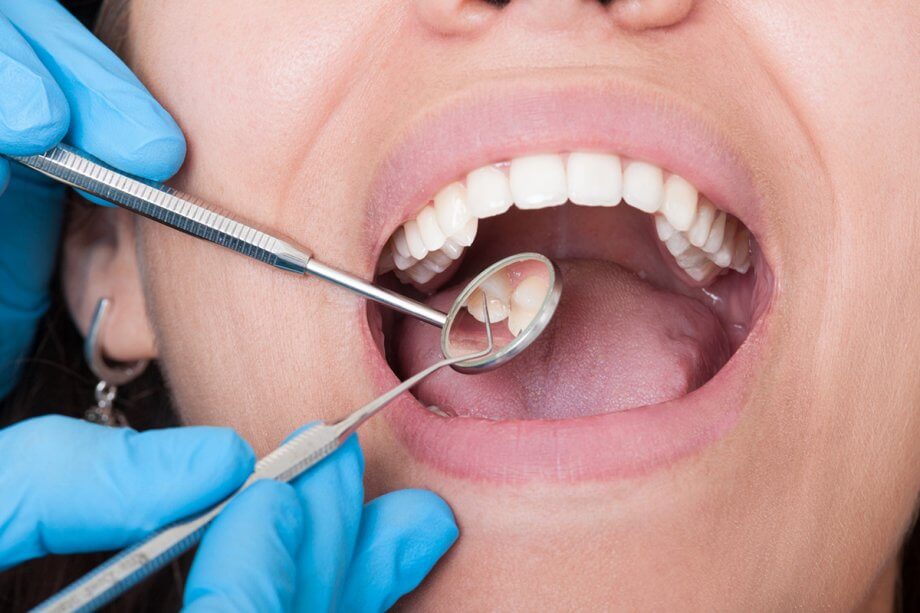Tooth fillings, also known as dental fillings, are one of the oldest forms of restorative dentistry. Indeed, fillings have been performed for at least 150 years in America. Today, dentists perform hundreds of millions of fillings each year to treat tooth decay. After all, studies show that over 90% of Americans have some form of tooth decay. Fortunately, science has advanced, so fillings may now last ten years or longer. Here’s what you should know about dental fillings.
Types of Tooth Fillings
Silver amalgam fillings which were more common in years past are incredibly durable. This made them very popular for previous generations. It is not uncommon for silver fillings to last well beyond 10 years, and potentially up to 15 years. Though less popular today, thanks to the advances in more natural-looking composite fillings, silver fillings have provided valuable protection from disease due to tooth decay for many generations.
White composite fillings have become more popular in recent decades, due to their more natural appearance. Yet, when composite fillings first became available they had a noticeably shorter lifespan than their silver predecessors. Today however, white composite fillings provide a much more natural look and continue to impress dentists with their durability. Some studies have suggested that when properly cared for, composite fillings may last as long as 12 years.
Signs You Need to Replace Your Fillings
Patients who see their dentist regularly can rely on their dentist to notify them if signs of degradation appear in your fillings. But, you may also suspect it is time to replace your fillings if you notice any of the following symptoms:
- Sudden tooth sensitivity
- Pain when you bite down
- Throbbing pain in your tooth
- Sharp pain that comes and goes
- Constant toothache
Do Dental Fillings Hurt?
Fillings for your teeth are designed to prevent pain, or stop pain, if you’ve developed sensitivity due to tooth decay. The fillings themselves will not hurt. For the majority of people the filling procedure will also be virtually painless.
You’ll be given a local anesthetic (numbing agent) in the area around the tooth that will be filled. Tooth decay will be removed, and any signs of infection will be cleaned out. The tooth will then be filled. All said and done, most fillings take less than an hour. Some patients may experience a bit of discomfort from keeping their mouths open during the procedure, but getting a dental filling should never cause severe pain.
After the procedure, it’s perfectly normal for the area of your mouth around your new filling to be numb for a while. Likewise, it’s normal to have a bit of sensitivity, but that will resolve in a few days, at most.
Are Fillings Necessary?
Fillings are necessary to stop the progression of tooth decay, and to prevent more complicated dental problems in the future. Cavities are tiny holes in your teeth that if left untreated, will grow in size and may become a breeding ground for bacteria. Cavities that are not treated can lead to severe pain, dangerous infections, and ultimately extractions. So, if you know you have cavities, it is your best interest to have them filled sooner than later, to prevent worsening problems.
Schedule a Dental Exam and Cleaning Today
When it comes to oral health, an ounce of prevention is worth a pound of cure, as the saying goes. So be sure to schedule a dental cleaning and exam every six months. When you see a dentist regularly, small problems, such as minor cavities can be filled, thereby preventing worse problems from developing. To schedule a dental check up at Chagrin Falls Dental, call 440-247-8641, or request an appointment online.

